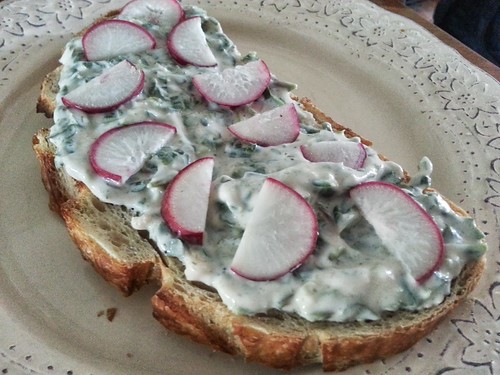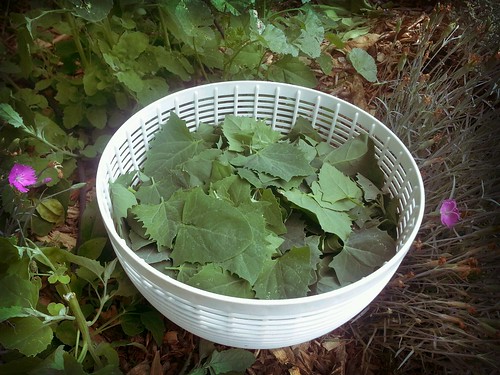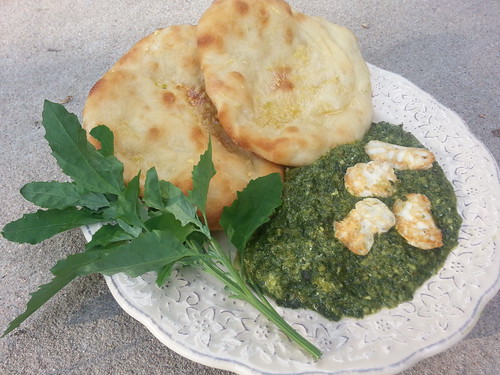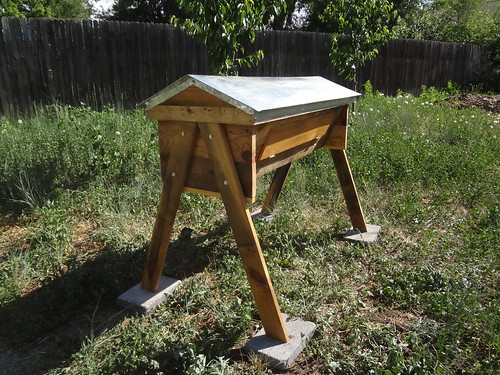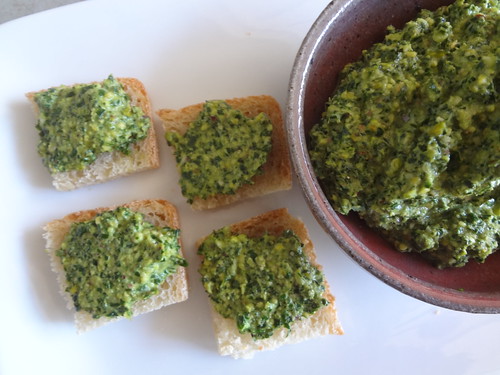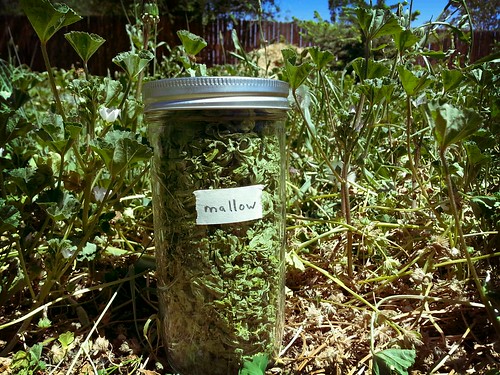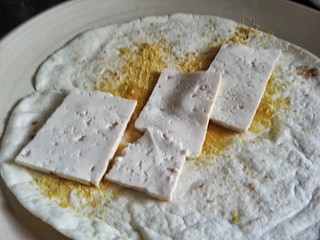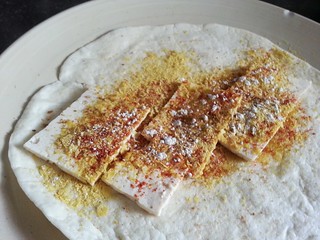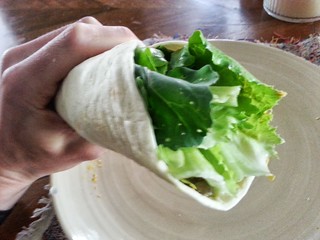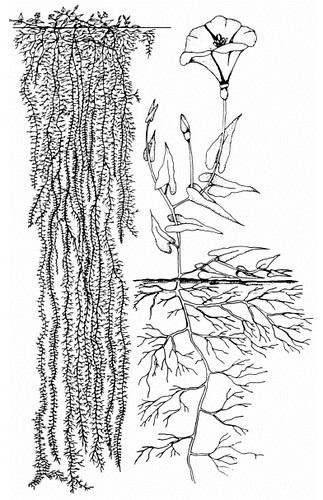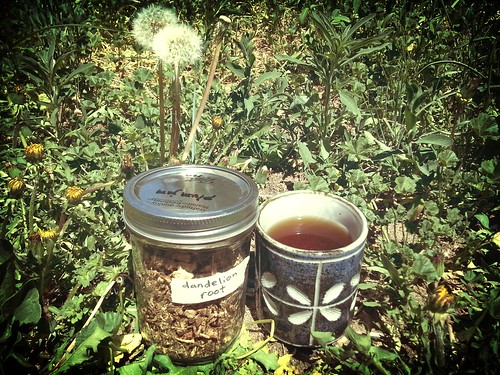
Another great use of purslane! This is a traditional Mexican dish and it turned out really well. I coarsely chopped the purslane in a food processor which saved chopping time.
Sauté onions and purslane, then add beaten eggs, cook until the eggs firm up, and season with salt. I also added garbanzos which helped change up the consistency.
Topped with some purslane tzatziki!
Recipe: http://www.examiner.com/article/huevos-con-verdolagas-eggs-with-purslane-recipe
Sauté onions and purslane, then add beaten eggs, cook until the eggs firm up, and season with salt. I also added garbanzos which helped change up the consistency.
Topped with some purslane tzatziki!
Recipe: http://www.examiner.com/article/huevos-con-verdolagas-eggs-with-purslane-recipe

